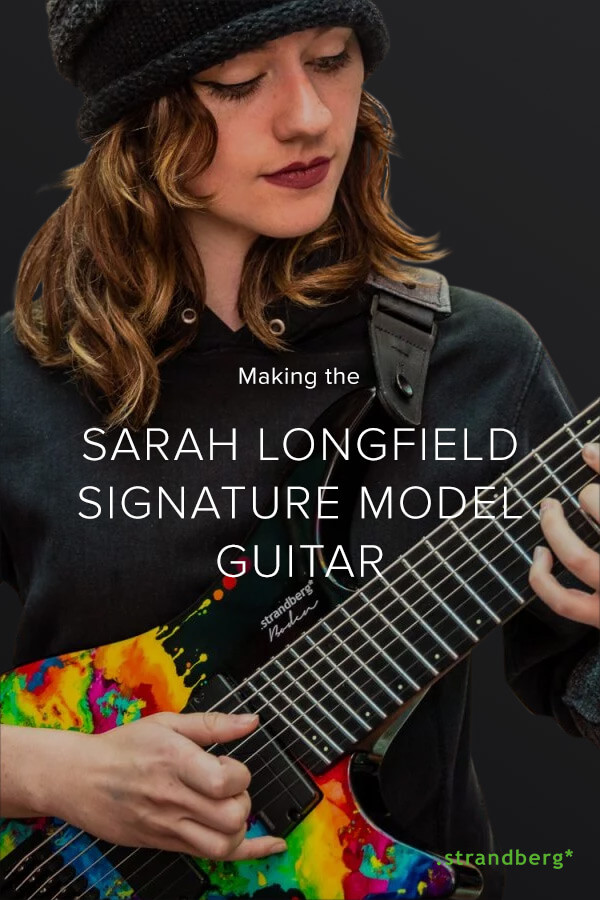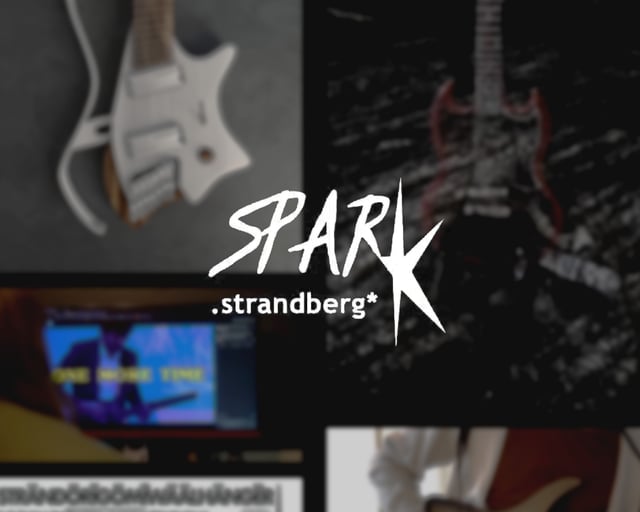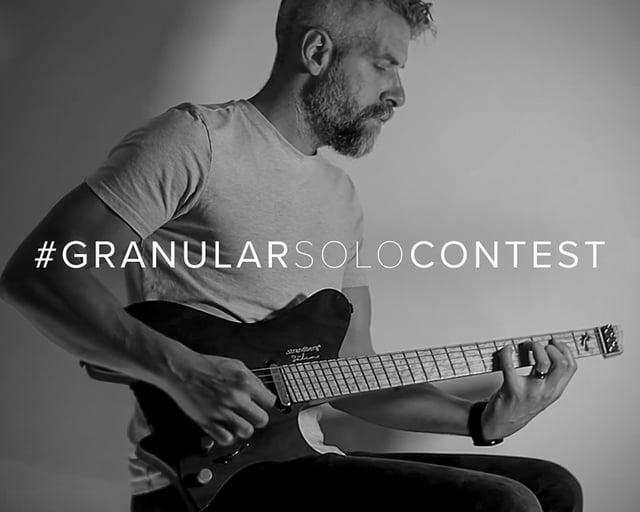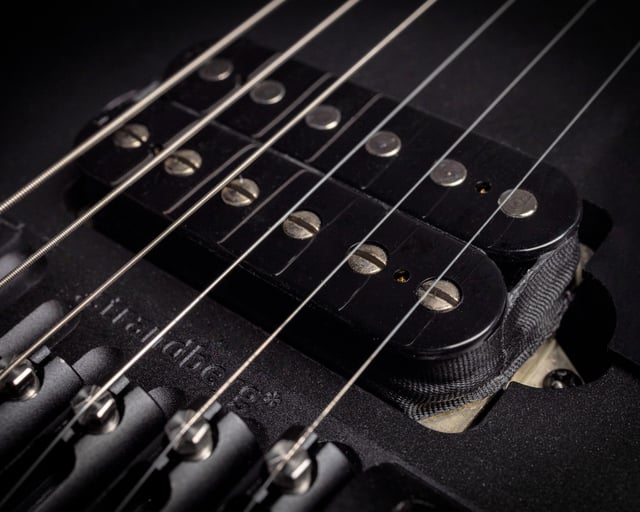SG: Tell us a little bit about how you approach a creative project, and the artwork for your signature guitar specifically
SL: The creative process for me is really about finding, like, my zen. Whether I’m making art or whether I’m making music I think it’s the same energy that I’m drawing from, it’s just different mediums
So like when I’m making art it’s really colorful and I – I try to make the feeling that I feel like the world doesn’t really give, the world is not like very colorful or very calming, and I feel like when I’m making music I’m trying to do the same thing, I’m trying to write something that’s kind of colorful and calming and engaging but still like relaxing and zen, because I think that is a reflection on my total process.
The contrast between the color in the white and the color in the black just kind of helps to drive that home.
As for my personal relationship with color and art, I’ve always been drawn to really bold, bright things.
SG: This artwork was made by you back in 2013 on a blank custom shop guitar as we were still getting to know each other. Did you have a particular design in mind when you started?
SL: The paint scheme wasn’t – it was kind of stream of consciousness, it wasn’t very intentional, but the color palette is definitely familiar for some of the art that I do.
So initially, I had sort of a spray paint material that I was [gonna] use on the guitar, I had like a little airbrush and I had bought paint for that and I tried that and I just didn’t really like the way that it – that it looked and that it laid. But I sanded it off and then I went back on it with different types of acrylic paint.
SG: And how did you approach getting it ready for mass production?
SL: When we were thinking about doing this signature guitar, I took a picture of my paintjob, but I was like “Well we – we can’t just like – take a picture and duplicate the picture and then put the picture of the paintjob on the guitar”.
So I decided to make a digital rendering that was very similar, it wasn’t the exact same as the painting. It’s based of off the original painting, but it is a little bit different.
SG: This was then adapted for 6-/7-/8-string models and mass-produced as a decals that we apply in a pretty complex process of multiple paint layers that we can see in the video above. What about the specs of the actual guitar?
SL: The first time I tried the Boden Metal model, I had six months of touring coming up and – and I was playing this record that I wrote at the time that was all on six-string so it was my first time touring with a six-string and it held up so well and I’m not gentle on my instruments and – and it just – it stayed in tune, I never had to set it up and everything was just so effortless. I – I felt like the way that it was designed and the way that it was built was to do exactly what I needed it to do. So, when I was approached about making a signature, it just made sense to take the model that I was already using, that I already loved and just put, you know, my design on top of it. I mean, I really like how it’s turned out.

Pin this image to save this article.














Share this: